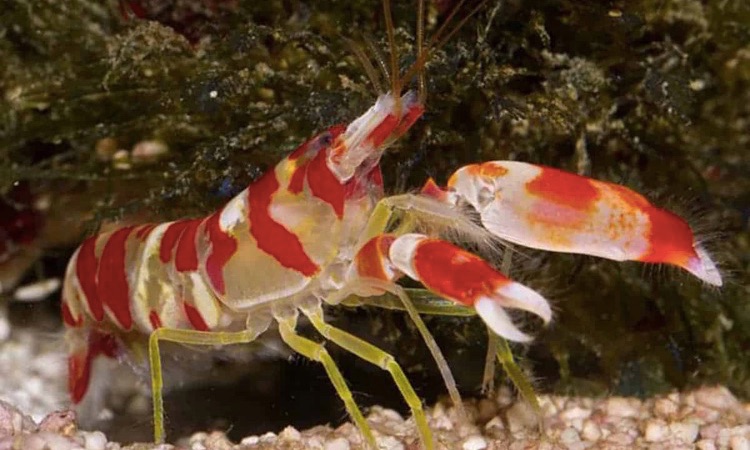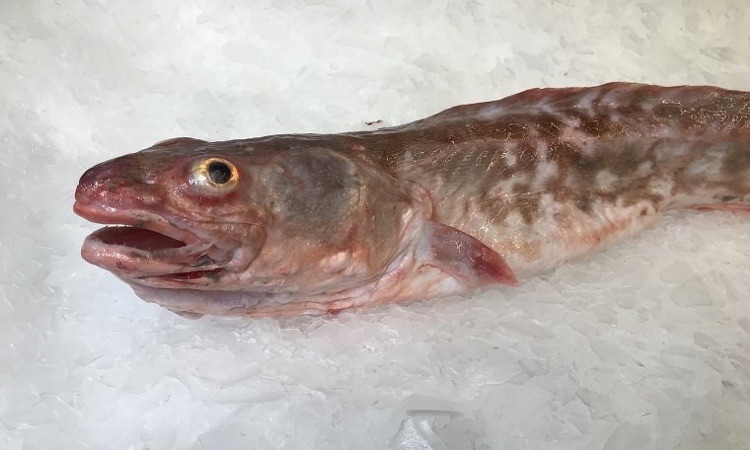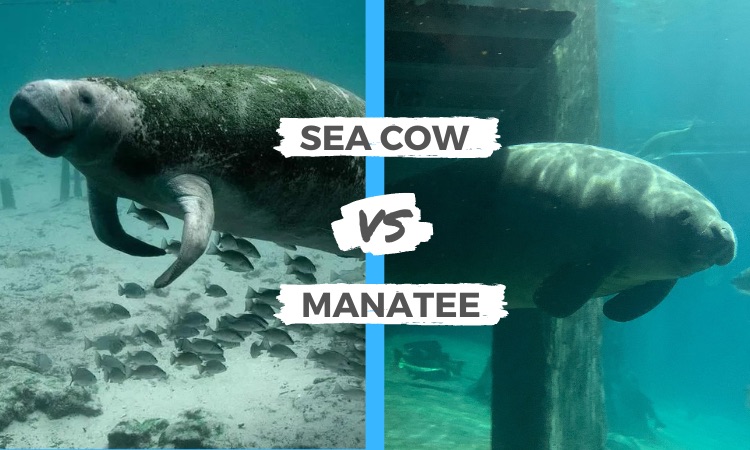The dwarf lantern shark is a species of dogfish shark that is considered to be the smallest shark in the world. There are several different types of lantern sharks, including smooth-velvet belly, Caribbean broadband and combtooth.
The dwarf lantern shark however is the smallest of all of them. This shark is an extremely rare find, and is known to exist in only one world region on the upper continental slopes near Colombia and Venezuela.
The very first shark of this kind was discovered by the U.S. Fish and Wildlife Service during a 1974 research mission aboard the ship called Oregon. Its scientific name, Etmopterus perryi, comes from Perry W Gilbert – who just so happens to be a rather famous shark biologist.
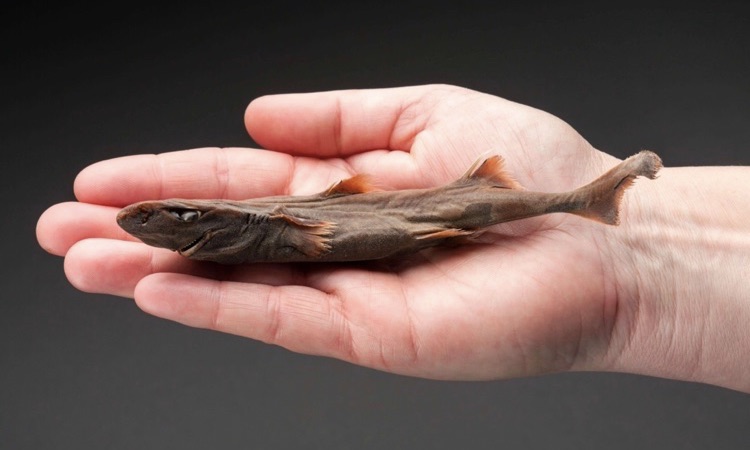
Dwarf Lantern Shark: Quick Facts
- The dwarf lantern shark is regarded to be the world’s tiniest shark.
- Females carry two or three young at a time.
- They grow to between 6 and 8 inches long.
- It’s conceivable that these sharks could survive as far down as 6,555 feet.
- The population of velvet belly lantern sharks in the Mediterranean is dwindling and listed as “near threatened.”
- This shark is found in one area of the planet.
Appearance
The dwarf lantern shark is the smallest shark in the world, measuring in at only 6-8 inches. They have a long, flat head with black ventral markings and are identifiable by their mid-line dorsal fin. Much like other members of the genus Etmopterus, can produce light.
The tiny velvet and smooth lantern sharks reach around thirteen to fifteen inches in length, whereas the dwarf lantern shark reaches a maximum of eleven inches.
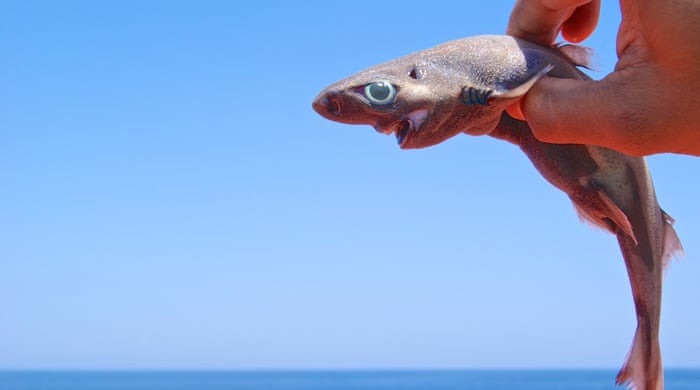
Habitat
The dwarf lantern shark, which is well-known among divers, is found in a tiny area of the Caribbean Sea.
It may be found between Barranquilla and Santa Marta in Colombia and Venezuela’s northern coast. At depths of up to 1,440 feet on the upper continental slope, it lives in Colombian waters.
The velvet belly lantern shark, for example, can be found in the northeastern Atlantic Ocean. The fringefin lantern shark is native to the western central Atlantic, while the broad-banded and Caribbean lantern sharks are endemic to the western and southeastern hemispheres.
Other species, such as the smooth lantern shark, are more widely distributed. They can be found in both the Atlantic and Pacific Oceans.
The smooth and broad-banded lantern sharks are found as deep as 3,281 feet below the surface. These sharks, like most species of lantern shark, prefer staying in deep waters that are cold.
The Caribbean lantern shark may be found at depths of up to 2,362 feet, and the fringed lantern shark may be encountered all the way down to 3,000 feet beneath the sea’s surface. Scientists have proposed that these sharks might live as deep as 6,555 feet.
Diet
Dwarf lantern sharks, like the fringefin, are known to feed on squid, shrimp, crustaceans, cephalopods, and worms. They are also known to prey on other cartilaginous fish.
Reproduction
Lantern sharks are still largely unknown to researchers. Scientists aren’t sure about the reproductive behavior of lantern sharks like they are with other little-studied shark species. They believe that most species reproduce ovoviviparous, which means they give birth to live young.
Embryos that develop inside eggs and remain in the female shark’s body until they are ready to hatch are known as “cocoon” embryos.
Females typically gestate between two and three young at a time. When born, Dwarf lantern shark young are approximately 2.2 to 2.4 inches, or 5.5 to 6 centimeters in length. Larger species can be up to 5.5 inches when born.
Male dwarf lantern sharks are generally 6.3 to 6.9 inches long when mature, whereas females grow to between 6.1 and 7.9 inches in length. Other lantern shark species, like the velvet belly, reach a length of 13 or 14 inches when fully grown.
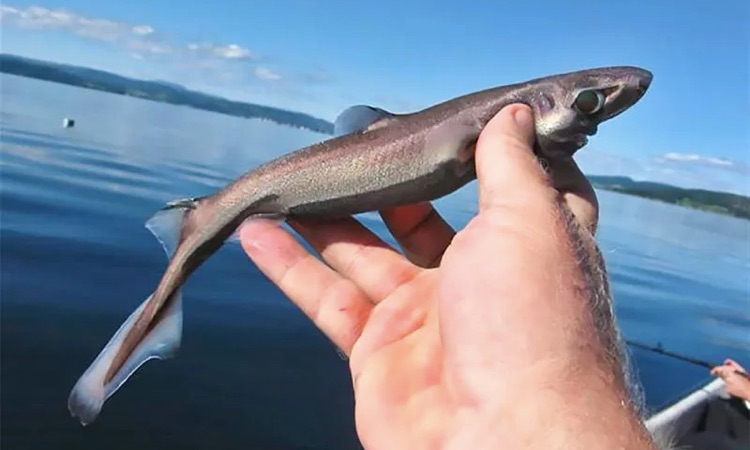
Threats
Little or nothing is known about the danger level that humans represent for different species of lantern shark. All of these sharks are tiny, giving them little to no commercial value or catchability.
The IUCN has not assessed individual lantern shark species or determined that the majority of species are least concern (such as the dwarf lantern shark).
The population of velvet belly lantern sharks in the Mediterranean is classified as “near threatened” owing to bottom trawling below 3,300 feet. Their reproductive cycle and the fact that they only produce two to three young at a time have limited their capacity to recover.

